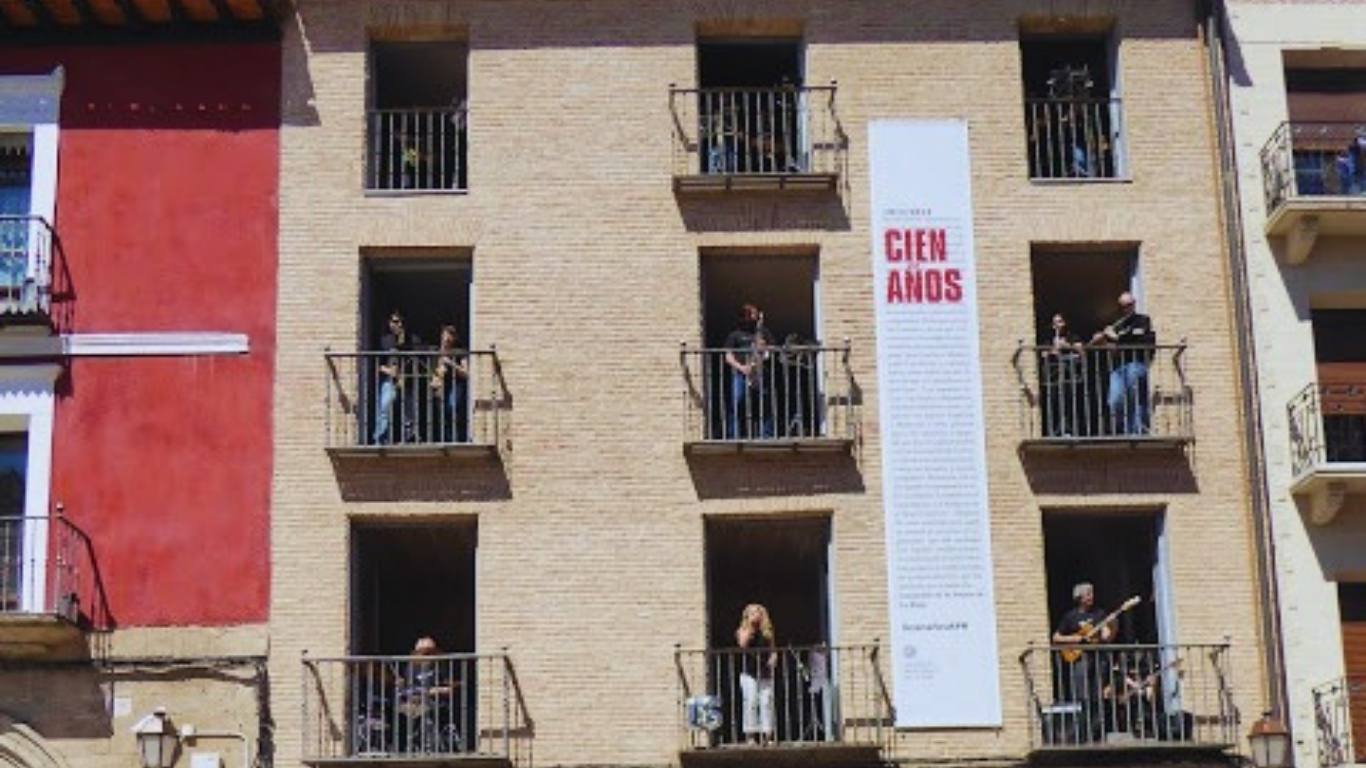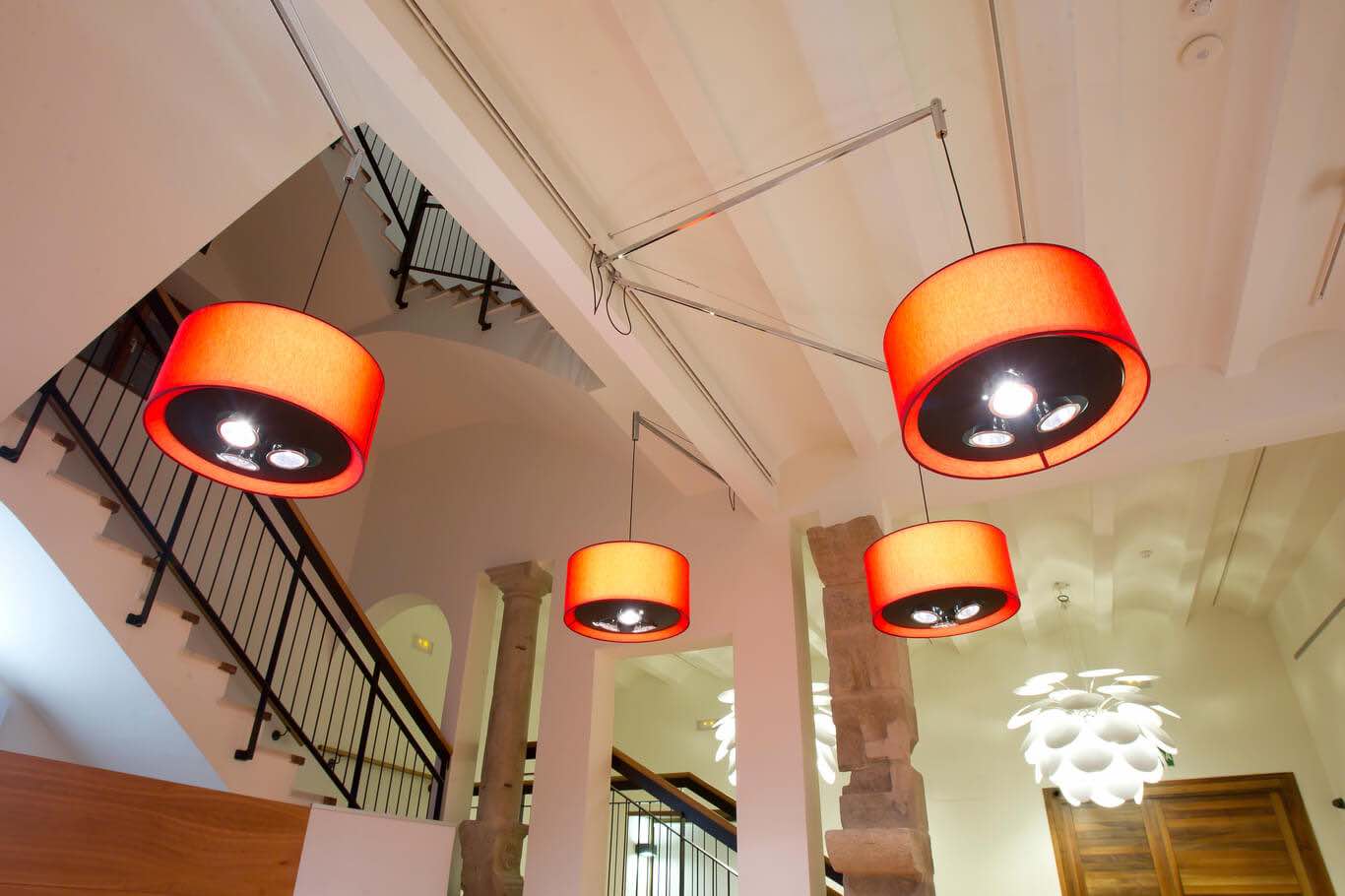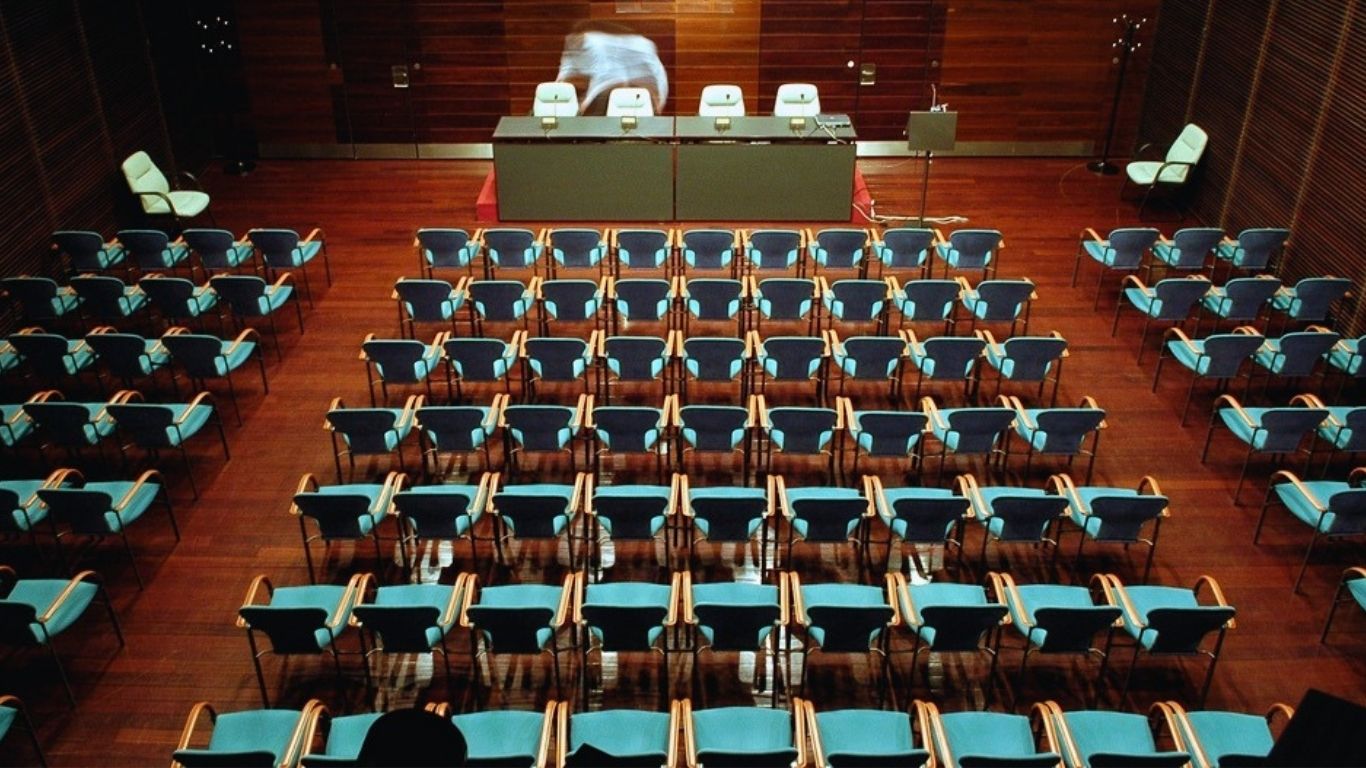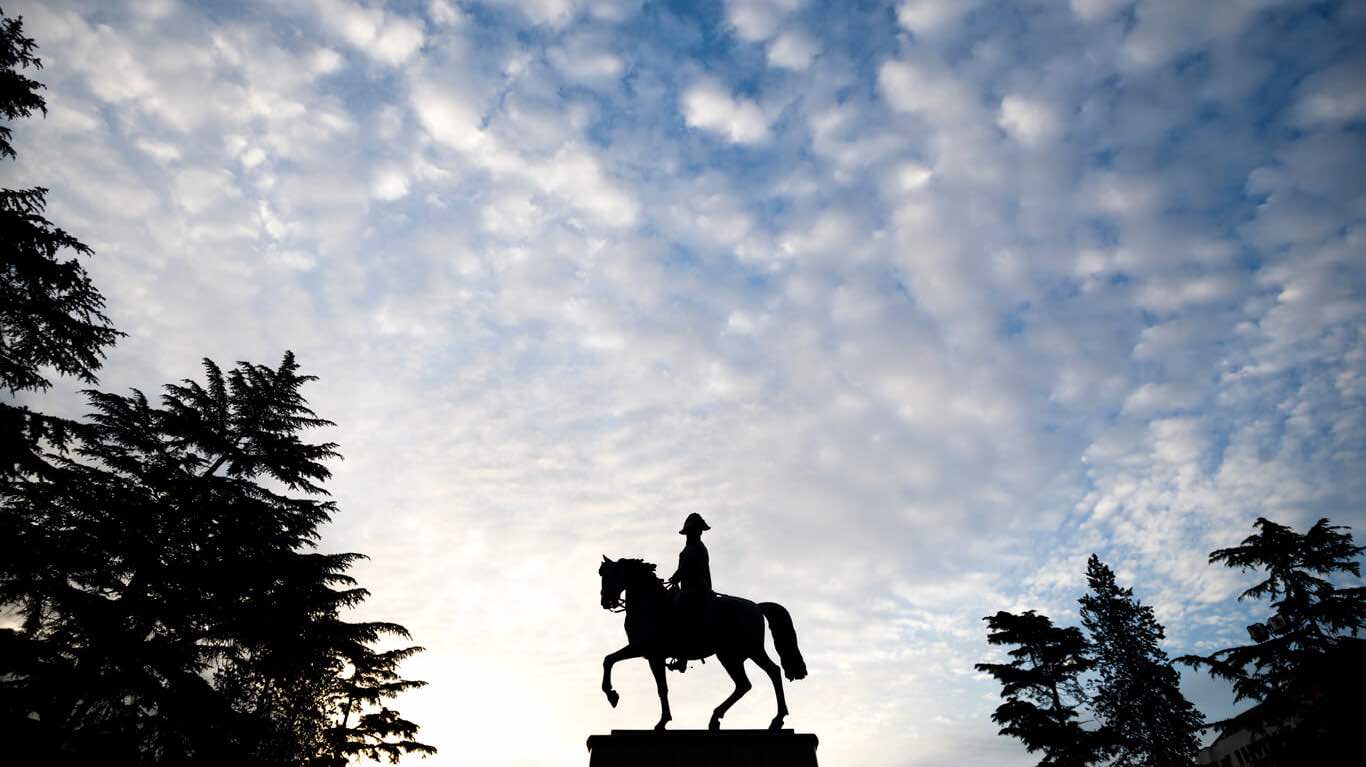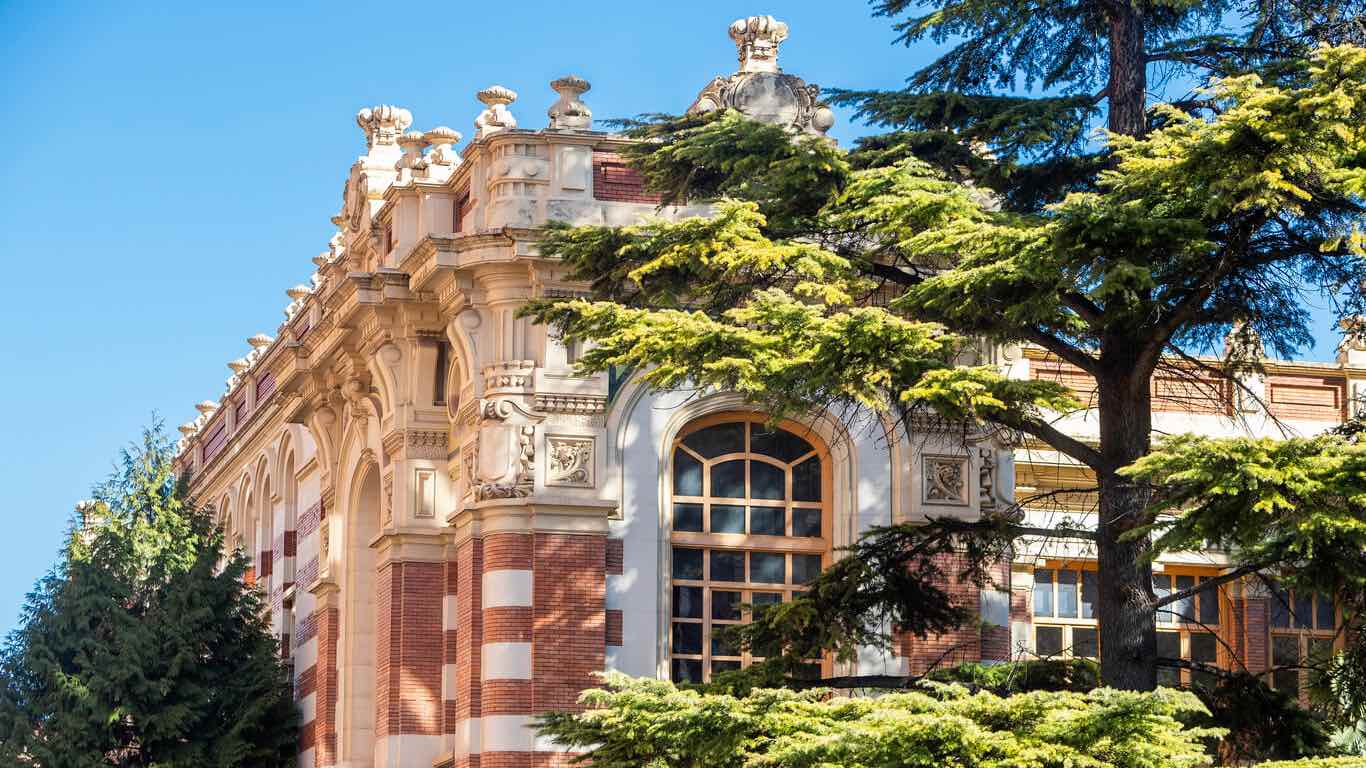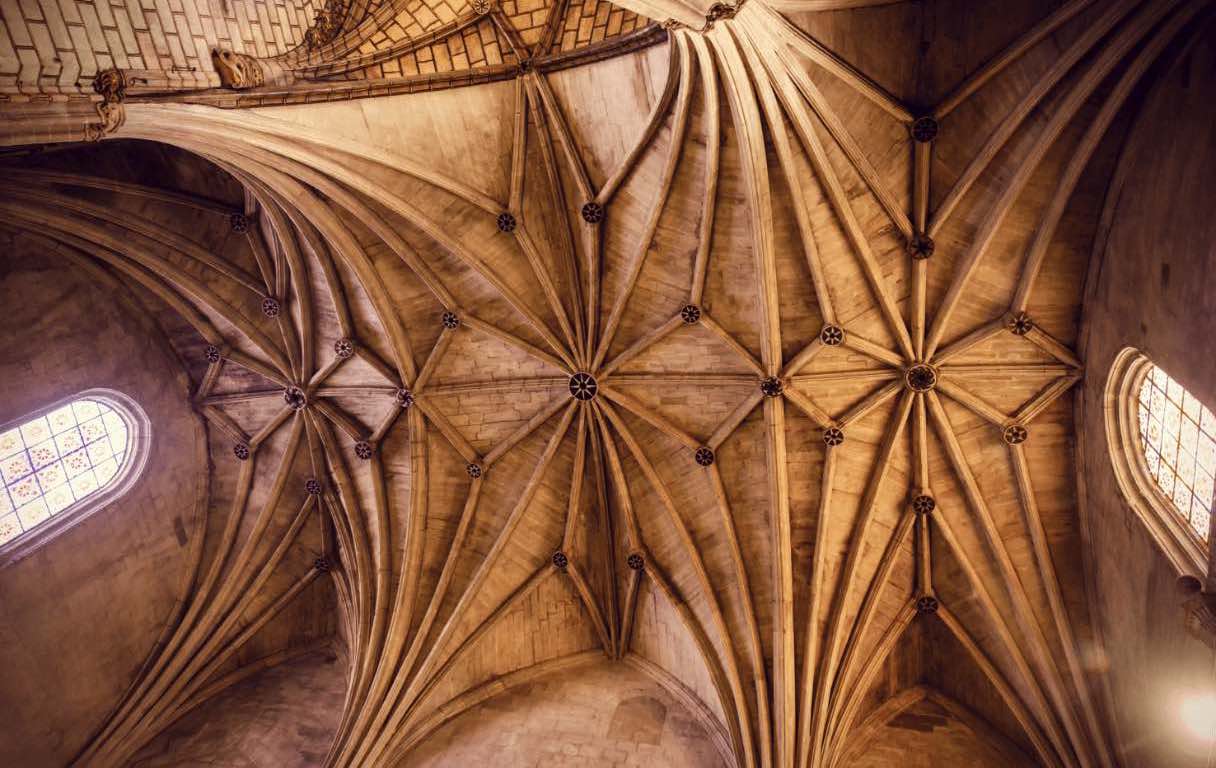What to see?
The House of Image occupies an old building in the historic center of Logroño. It was restored to dedicate it entirely to photography and video.
The building of the House of Journalists, located opposite the Church of San Bartolomé, is the headquarters of the Association of the Press and College of Journalists of La Rioja.
Mateo de Nuevas (Logroño, 1687 – † ¿?) was honorary secretary of the Inquisition in Logroño and his home is located in the Camino de Santiago in Logroño old town center.
The Caja Rioja-Bankia Gran Vía Foundation Center is located in the heart of Logroño, on Gran Vía.
The Ibercaja La Rioja Center is located in a privileged environment in the old town.
The Associated Center of the UNED (distance learning university) in La Rioja is located in the Old Quarter of Logroño, in Calle Barriocepo 34.
Located in the heart of the old town, with the main façade of the church facing the Market Square and two side portals to Caballerías and Portales streets, La Redonda is surely one of the best known images of our city.
The Designation of Origin Rioja was created on June 6, 1925 and is the oldest in Spain.
The Promenade of the Prince of Vergara, known familiarly as Paseo del Espolón (Espolón Square) is the most emblematic square in Logroño.
ESDIR, Higher School of Art and Design La Rioja is an official design teaching center with 130 years of experience.
Santa María de Palacio is one of the four churches in the Old Town of Logroño.
The Camino de Santiago when entering the urban area of Logroño takes us to the Church of Santiago and the Pilgrim’s Fountain, which has so often calmed the thirst of city walkers and peregrinos (pilgrims in Spanish).

